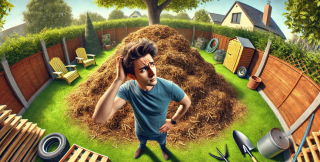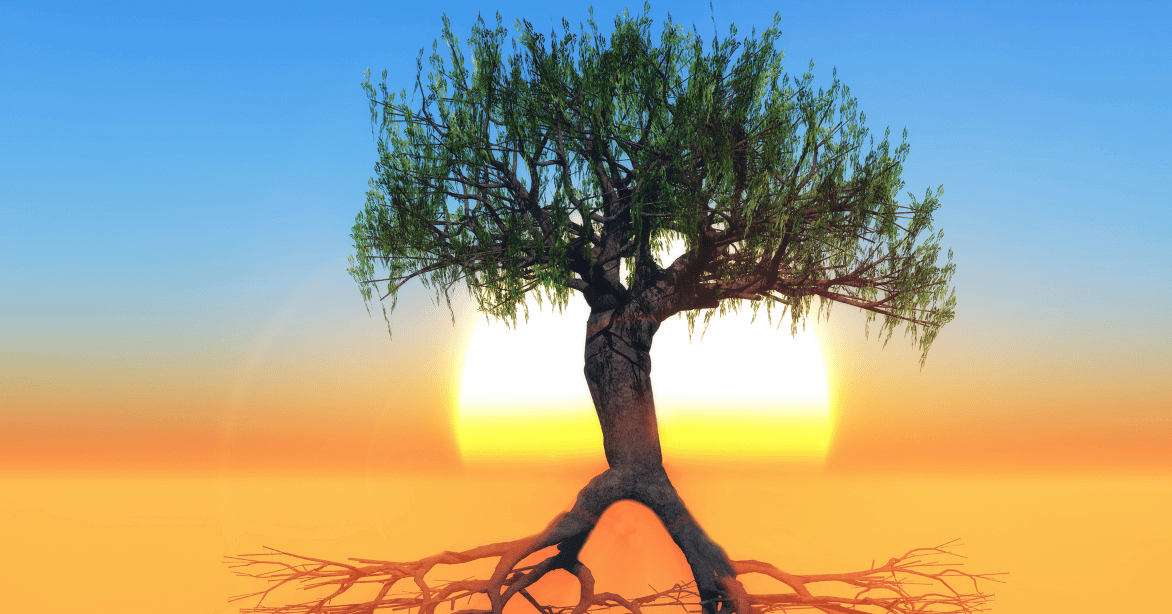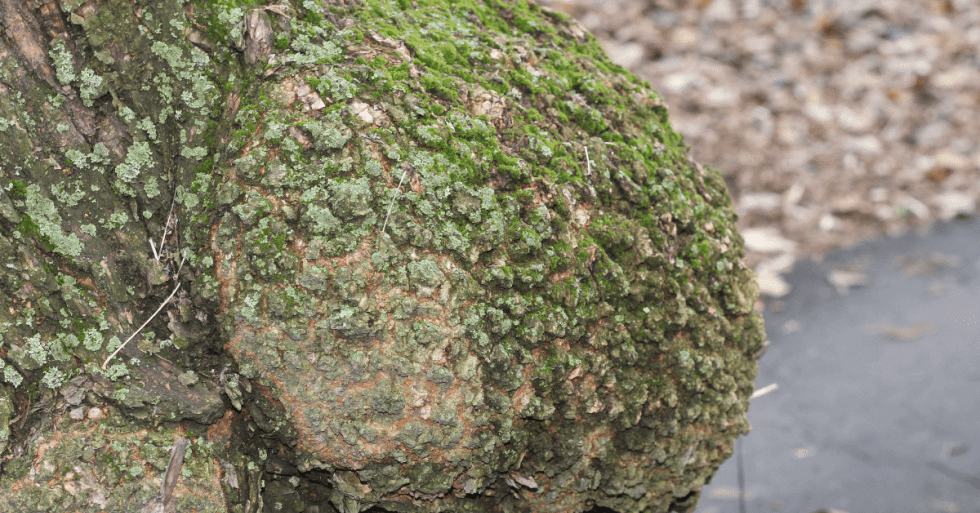Mulch can be a tree’s best friend. But only if used correctly. When done wrong, it can harm more than help. At Strobert Tree Services, we see it all the time. The right way to mulch. And the wrong way. Let’s explore the do’s and don’ts.
Why Mulch Matters
Mulch is a protective layer. It goes around the base of a tree. It comes in many forms. Wood chips, bark, and even straw. Mulch helps trees in several ways. It conserves soil moisture. It reduces weeds. And it regulates soil temperature. But there’s a catch.
The Common Mistake
People tend to overdo it. They pile mulch high. Forming what’s called a “mulch volcano.” It’s a big mistake. This harms trees more than it helps. Think of it as smothering the base. A tree needs to breathe. When mulch is too high, it traps moisture. The bark can rot. Insects and fungi thrive. It’s an invitation for trouble.
The Right Way to Mulch
Always spread mulch evenly. Keep it 2 to 4 inches deep. Never more. And most importantly, keep mulch away from the trunk. A few inches of space is ideal. This helps prevent moisture build-up on the bark. It also discourages pests from making a home there.
Benefits When Done Right
When applied correctly, mulch is a lifesaver. It protects young trees. Their roots stay cool in summer. They stay warm in winter. Weeds stay at bay. Soil moisture levels remain steady. Your trees grow stronger.
But not every tree needs mulch.
When to Skip the Mulch
Yes, you read that right. Sometimes, mulching isn’t necessary. Established, mature trees often don’t need it. Their root systems are deep and wide. They can regulate moisture on their own. Adding mulch might not provide significant benefits. It’s important to consider each tree individually.
Natural Forest Floor vs. Mulch
Think of a natural forest. You don’t see “mulch volcanoes” there. Instead, there’s a natural layer of organic matter. Leaves fall and decompose. That’s how nature works. Mulching can mimic this to some extent. But there’s no need to go overboard.
Types of Mulch: Pros and Cons
Not all mulch is created equal. Organic mulch, like wood chips, is ideal. It adds nutrients as it breaks down. But avoid dyed mulch if you can. It often contains chemicals. These can leach into the soil. Gravel or stones are another option. But they don’t add nutrients. And they can reflect heat, stressing your trees. Always weigh the pros and cons.
Mulch for Young vs. Mature Trees
Young trees benefit greatly from mulch. Their roots are still shallow. They need extra protection. Mulch acts like a warm blanket. It helps them establish. But as they age, the need diminishes. Mature trees are tougher. They have a more developed root system.
Tips for Healthy Mulching
- Use organic mulch whenever possible.
- Spread it evenly, 2 to 4 inches deep.
- Keep it several inches away from the trunk.
- Replenish mulch as it decomposes.
- Check for signs of over-mulching.
If you notice problems, take action. Trees are resilient. But they need the right care. When in doubt, consult an arborist.
The Takeaway
Mulching is simple. But it requires care. A thin, even layer is all you need. Skip the mulch volcano. Remember, less is often more. Think of mulch as a helper, not a cure-all.
At Strobert Tree Services, we love trees. We know they thrive when given proper attention. Mulching can be great. Just don’t overdo it. And always keep nature’s balance in mind. Your trees will thank you. And your landscape will look healthier too.











